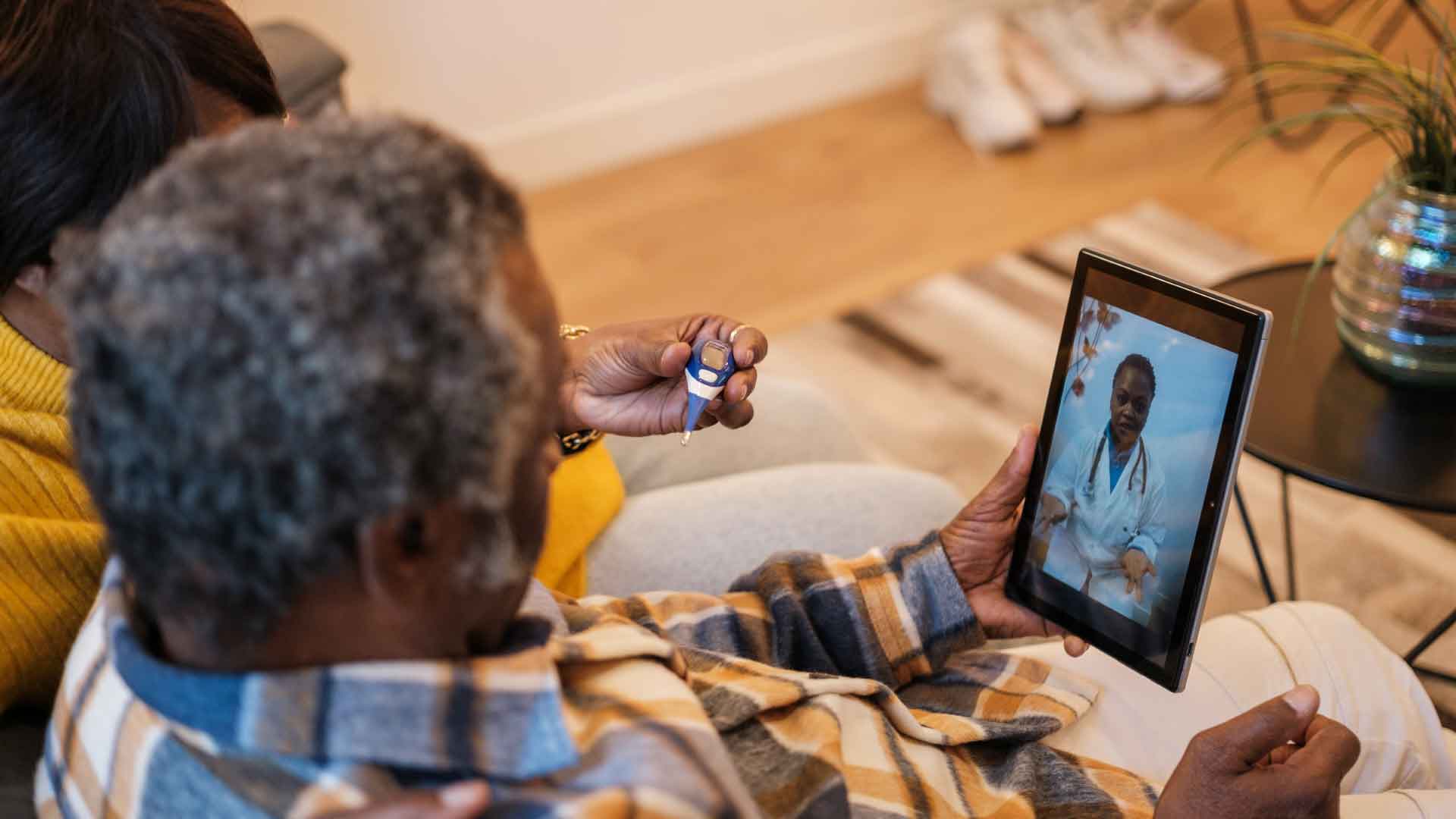Remote Caregiving Tools: How Families Are Supporting Aging Parents from Afar in 2025
By Jane Miller | Senior Privacy News | September 9, 2025

When Susan’s father had a minor fall in his kitchen last spring, she was hundreds of miles away—but her smartphone buzzed with an alert from his wearable safety sensor, providing instant reassurance and prompting a quick check-in. Stories like Susan’s are becoming the new normal, as remote caregiving technology revolutionizes how families keep loved ones safe and connected while living apart.
A Digital Shift in Family Caregiving
More than 15 million Americans now provide some degree of long-distance care for an aging parent or relative. In 2025, new tools—from smartwatches to AI-driven monitors—have made remote caregiving easier and far more effective. Market researchers report a jump in usage of remote patient monitoring systems, from just 13% in 2020 to 25% of caregiving families today.[1]
Advances in telehealth, smart home devices, and caregiver apps have brought real-time health insights, emergency alerts, and seamless communication to families separated by geography.
Key Technologies: Security, Health, and Connection
Modern remote caregiving is built on interlocking digital tools:
- Wearable Safety Devices — Smartwatches and fall detection pendants (like Apple Watch, Lively, and MobileHelp) automatically alert loved ones and emergency responders, delivering peace of mind for families and autonomy for seniors.[2][3]
- Remote Patient Monitoring (RPM) — Wireless blood pressure, glucose, and weight meters transmit data to a central dashboard, enabling caregivers and medical teams to watch for health changes and act preventively.[4][1]
- Smart Home Sensors — Automated lighting, security cameras, and voice-activated assistants (Alexa, Google Home) improve everyday safety and convenience, making independent living more sustainable.[5][2]
- Caregiver Apps and Shared Calendars — Powerful platforms like Elli Cares allow for real-time tracking of symptoms, medications, hydration, and caregiver activity logs—all visible to the care team for coordinated support.[6][4]
Quick Facts
25% of family caregivers now use remote monitoring devices—up from 13% in 2020.[1]
Over 40% of remote caregivers say technology has improved their loved one’s safety and their own peace of mind.[4]
Nearly half of large insurance plans now help fund remote patient monitoring for aging adults.[1]
Challenges and Solutions
Cost, privacy, and tech adoption can present hurdles for families. Some seniors resist new gadgets, and not all devices are user-friendly. But a new generation of solutions—built with seniors in mind—offer intuitive interfaces, longer battery lives, and slick integration with telehealth services.[7][6]
Insurance coverage is expanding, and family caregivers recommend starting with basic tools (like video chat devices or simple pill dispensers) and building up to more complex systems as comfort grows. Professional advice from in-home care agencies or aging tech consultants can smooth the transition.
Popular Tech for Remote Family Caregivers

Next Steps: Building a Tech-Enabled Care Plan
Experts recommend tailor-making technology choices to each parent’s needs—and the family’s unique situation. Involve seniors in decisions, try out devices together, and set up regular video calls or alerts for connection as well as oversight. Some families go further, integrating passive monitoring (motion sensors, door alarms) to fill gaps where direct checks aren’t possible.[3][7]
Support groups and virtual forums offer valuable perspectives and troubleshooting tips from others on the same journey.
Key Takeaways
- Remote caregiving tech is transforming long-distance family support, making safety and connection possible from miles away.
- Core tools: wearables, smart home systems, telehealth portals, and caregiving apps.
- Usage and insurance coverage are both rising, making innovation more accessible.
- Success depends on personalizing tech choices and maintaining ongoing human contact.
Disclaimer
This article is for informational purposes only. Seniors concerned about deepfake scams should seek support from trusted organizations and never send money without verifying requests. Not intended as legal or financial advice.
References
- 6 Tech Tools Transforming Caregiving for Aging Loved Ones: https://www.ltcnews.com/articles/tech-tools-transforming-caregiving-aging-loved-ones
- Best Smart Home Devices to Help Aging in Place: https://www.nytimes.com/wirecutter/reviews/smart-home-for-seniors/
- Bridging the Distance: How Technology Can Help You Care for Your Aging Parents Remotely: https://memorylane.co/blog/bridging-the-distance-how-technology-can-help-you-care-for-your-aging-parents-remotely
- In-Home Caregiving Trends for Elderly Parents 2025: https://astirhc.com/articles/in-home-caregiving-trends-for-elderly-parents-2025/
- Best Caregiver Apps for Families in 2025: https://www.elliapp.co/best-caregiver-apps-for-families-in-2025
- Monitoring Elderly Parents Remotely: https://californiamobility.com/monitoring-elderly-parents-remotely/
- Caregiving in the US 2025: More tech, but not as much as ...: https://www.ageinplacetech.com/blog/caregiving-us-2025-more-tech-not-much-caregivers-could-use
- 7 Must-Have Assistive Devices for Elderly Parents in 2025: https://arhomecare.com/7-must-have-assistive-devices-for-elderly-parents-in-2025